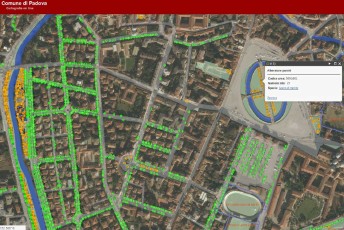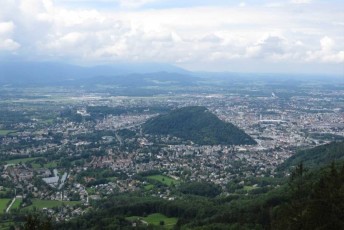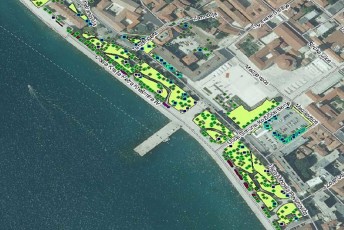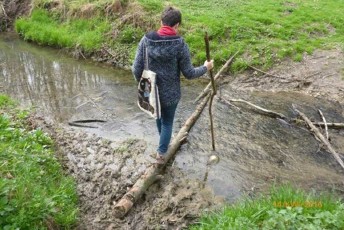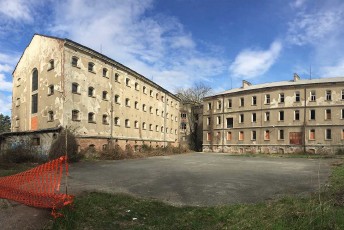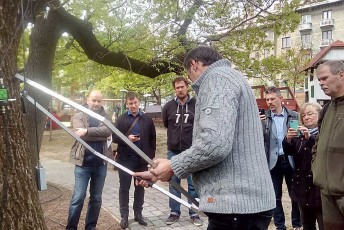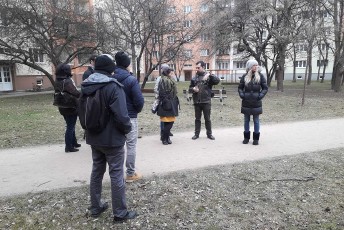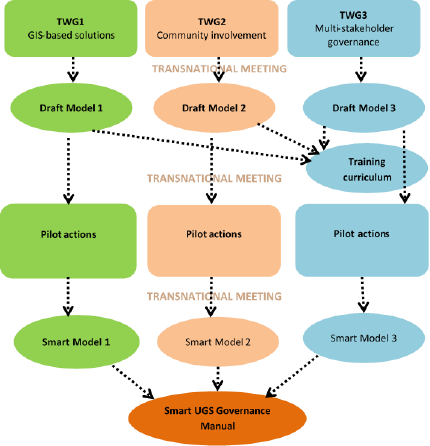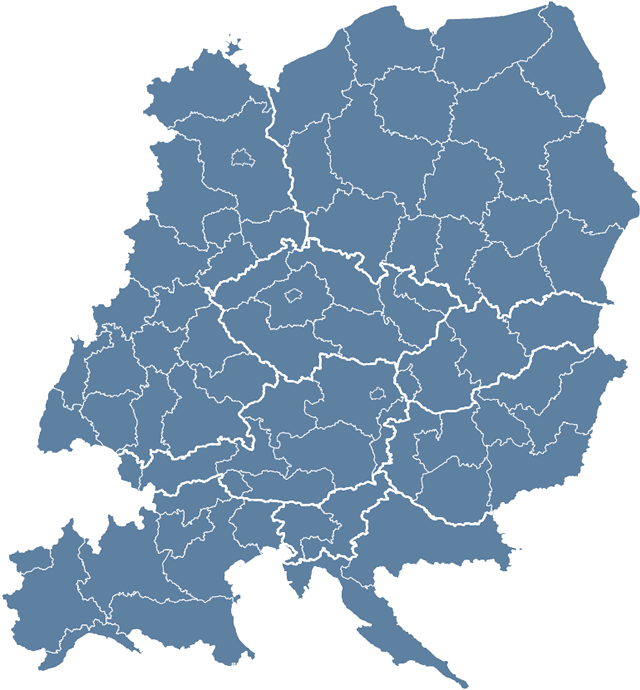UGB – Urban Green Belts
31.05.2019
News
GOODBYE!
TO GET IN CONTACT
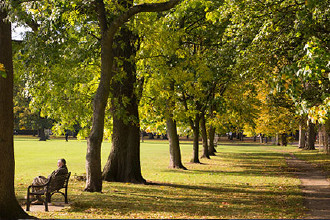
ABOUT THE PROJECT
Having a park or garden right on your doorstep when living in a city is an advantage most property seekers are looking for. Such greens offer an improved life quality. They not only provide leisure or sports facilities but make the air cleaner, reduce urban noise and even improve the urban climate. Yet if they are not in a good shape they can easily turn into a burden and a constant “battlefield” between inhabitants and the responsible authorities.
Green belts, often spreading over a number of smaller settlements around big cities, are the “lungs” of these densely populated cities that can provide various environmental, social and economic benefits.
To achieve these benefits, however, traditional authority approaches are no longer enough and efficient. That is why the challenge of how these green spaces could be managed smartly through cooperation of inhabitants and various authorities were in the focus of Urban Green Belts.
There is a common demand for better functioning operational models in central Europe, yet project partners on their own would not have the capabilities to develop a complex novel system. Through improving capacities of all actors via this joint work, management of urban green spaces will become more efficient and a more integrated part of environmental management systems. This will also lead to an enhanced biodiversity, improved air quality, less urban noise, more bearable urban heat waves and a generally improved quality of urban life.
Urban Green Belt partners from 7 countries developed innovative methods and tools as guides linked to community involvement, multi-stakeholder governance and GIS methods leading to integrated models for managing urban green spaces smartly. These novel solutions were tested jointly through pilot actions and compiled into a smart governance manual to serve as guidance on reforming green spaces management for any public authority in Europe for the benefit of inhabitants.
Throughout the project, the partners, with nearly 300 stakeholders, studied the effectiveness of the models and designed local pilot activities. Stakeholders included national, regional and local organizations, knowledge partners, small entrepreneurs and NGOs as well as representatives of the local people.
The pilot activities carried out in the partner cities will continue to live on and be integrated into longer-term plans for managing urban green areas. For example, the stewardship program at Hegyvidék, or Krakow with good practices for maintaining and animating an urban forest, or a GIS-based green space quality indicator system in Salzburg and Padua, or a tree cadastre, could be the basis for further urban green development initiatives.
For more details, please read the Manual and learn about the activities of the cities below and contact us!
Green is good... :)
What We Do
project in numbers
partners
pilot activities
models
Smart Governance Manual
DOCUMENTS
GIS BASED SOLUTIONS
- MID TERM PILOT STATUS REPORT iSPACE (pdf 0.5 MB)
- FINAL MODEL ON GIS BASED SOLUTIONS FOR UGS ASSESSMENT (TWG-1) (pdf 1.3 MB)
- MID TERM PILOT STATUS REPORT PADOVA (pdf 0.5 MB)
- Pilot evaluation report Padova (pdf 0.2 MB)
- MID TERM PILOT STATUS REPORT ZADAR (pdf 1.0 MB)
- PILOT EVALUATION REPORT ZADRA (pdf 1.2 MB)
- PILOT EVALUATION REPORT FOR THE SALZBURG FUA (pdf 2.7 MB)
- Salzburg pilot activity concept on GIS based solutions (pdf 0.6 MB)
- Zadar pilot activity concept on GIS based solutions (pdf 0.7 MB)
- Padova pilot activity concept on GIS based solutions (pdf 0.9 MB)
COMMUNITY INVOLVEMENT
- MID TERM PILOT STATUS REPORT (TWG2-HEGYVIDEK) (pdf 1.0 MB)
- PILOT EVALUATION REPORT MRA (pdf 0.8 MB)
- PILOT EVALUATION REPORT KRAKOW (pdf 0.8 MB)
- MID TERM PILOT STATUS REPORT MARIBOR (pdf 1.3 MB)
- PILOT EVALUATION REPORT LP (pdf 1.4 MB)
- Budapest pilot activity concept on community involvement (pdf 0.7 MB)
- MID TERM PILOT STATUS REPORT KRAKOW (pdf 0.4 MB)
- Maribor pilot activity concept on community involvement (pdf 0.5 MB)
- Krakow pilot activity concept on community involvement (pdf 0.9 MB)
- MODEL FOR PARTICIPATORY PLANNING AND MAINTENANCE OF UGS (pdf 3.2 MB)
MULTI-STAKEHOLDER GOVERNANCE
- Training Curriculum on Smart UGS Governance for Public Authorities (pdf 1.8 MB)
- Prague pilot activity concept on Multi-Stakeholder Governance (pdf 0.2 MB)
- Budapest pilot activity concept on Multi-Stakeholder (pdf 0.7 MB)
- MID TERM PILOT STATUS REPORT (TWG3-HEGYVIDEK) (pdf 0.7 MB)
- PILOT EVALUATION REPORT (TWG3-HEGYVIDEK) (pdf 0.5 MB)
- MULTI-STAKEHOLDER GOVERNANCE MODEL FINAL VERSION (UGB-TWG3-HEGYVIDEK) (pdf 1.1 MB)
Final Manual
- Érezd magad zöldben! (pdf 14.8 MB)
- HOGYAN KEZELJÜK ZÖLDFELÜLETEINKET? (pdf 3.1 MB)
- PRIRUČNIK ZA PAMETNO I INOVATIVNO UPRAVLJANJE ZELENIM POVRŠINAMA (pdf 3.1 MB)
- SMART GOVERNANCE HANDBUCH (pdf 2.7 MB)
- PODRĘCZNIK INTELIGENTNEGO ZARZĄDZANIA (pdf 2.8 MB)
- SMART GOVERNANCE MANUAL (pdf 2.7 MB)
- GESTIRE GLI SPAZI VERDI - IL MANUALE UGB (pdf 2.4 MB)
- PRIROČNIK O PAMETNEM CELOSTNEM UPRAVLJANJU (pdf 2.7 MB)
PROJECT PARTNERS
Municipality of 12th District of Budapest (Hegyvidék)
WWW.HEGYVIDEK.HU
Research Studios Austria – Studio iSPACE
WWW.RESEARCHSTUDIO.AT
Research Centre of the Slovenian Academy of Sciences and Arts
WWW.ZRC-SAZU.SI/EN/NODE
Maribor Development Agency
WWW.MRA.SI
MAŁOPOLSKA REGION
WWW.MALOPOLSKIE.PL
MUNICIPALITY OF PADUA
WWW.PADOVANET.IT
MUNICIPAL DISTRICT OF PRAGUE 6
WWW.PRAHA6.CZ
ZADAR COUNTY DEVELOPMENT AGENCY ZADRA NOVA
WWW.ZADRA.HR
MUNICIPALITY OF KRAKOW
WWW.KRAKOW.PL / WWW.ZZM.KRAKOW.PL
Project Partners
The UGB project has 10 partners from 7 central European countries
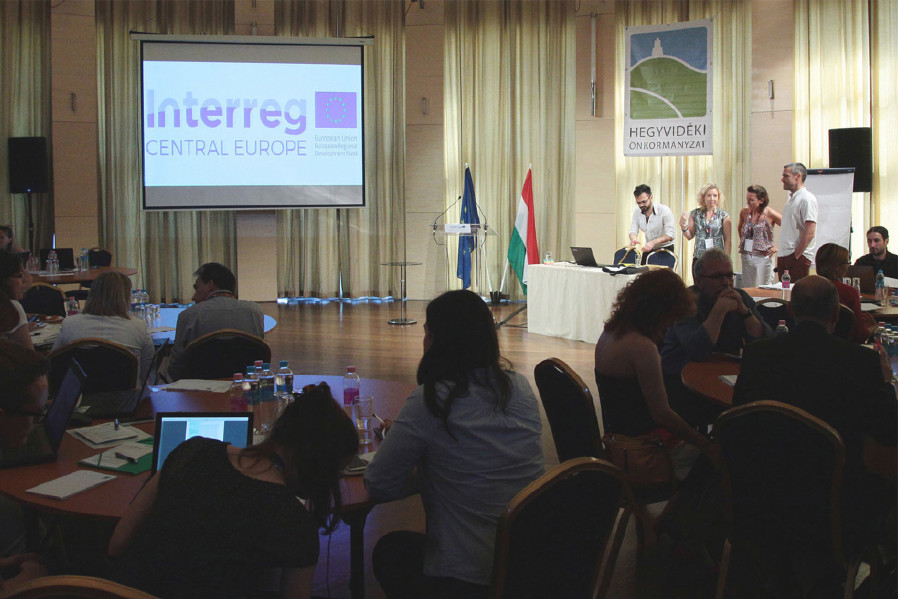
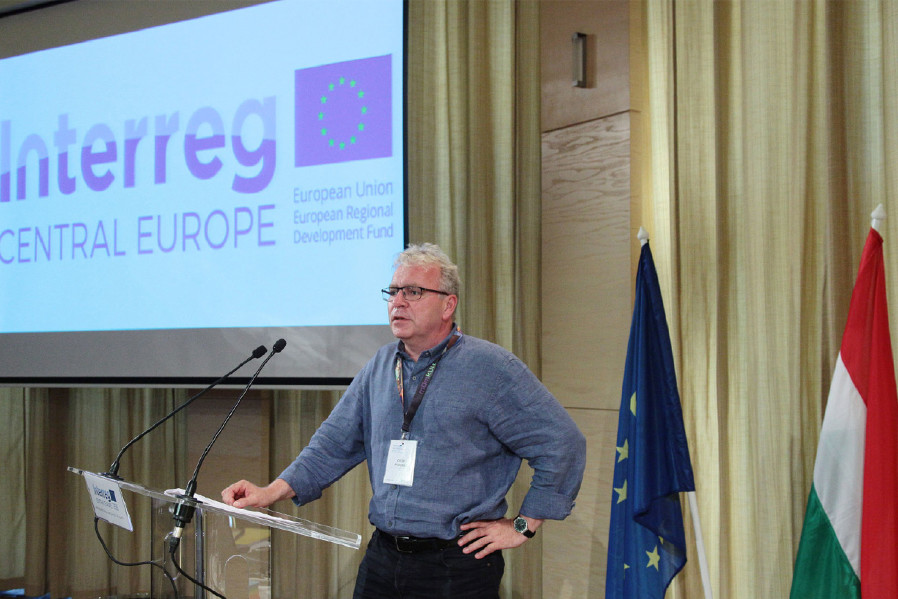
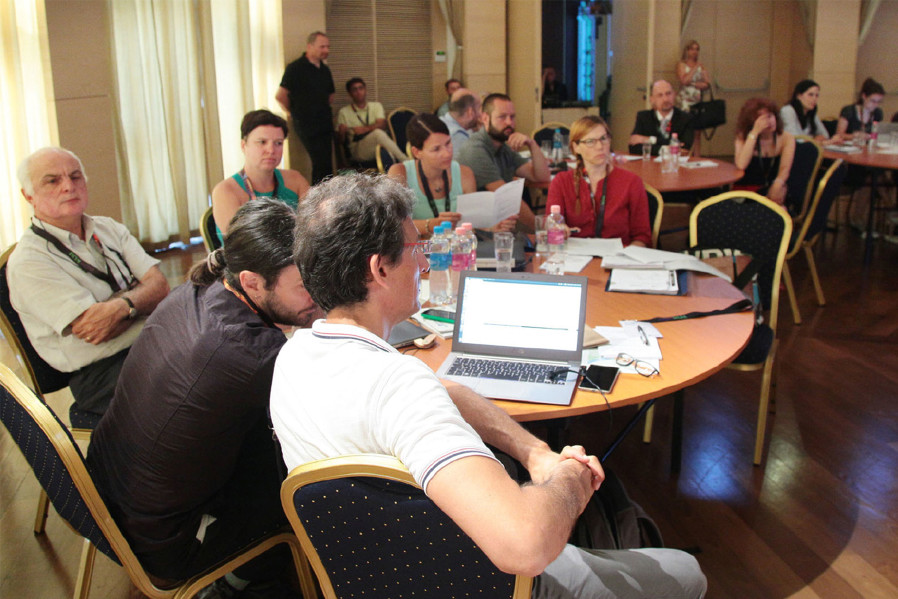

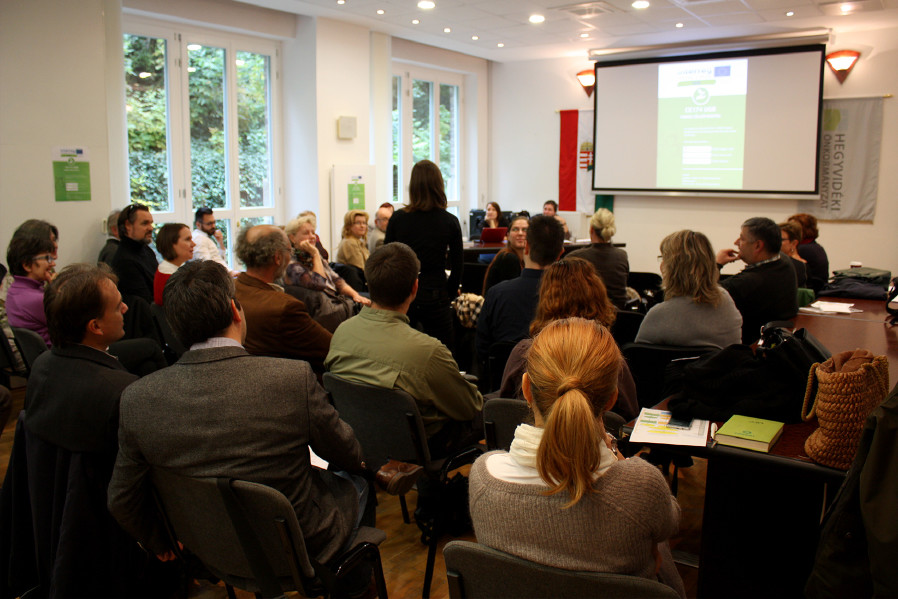
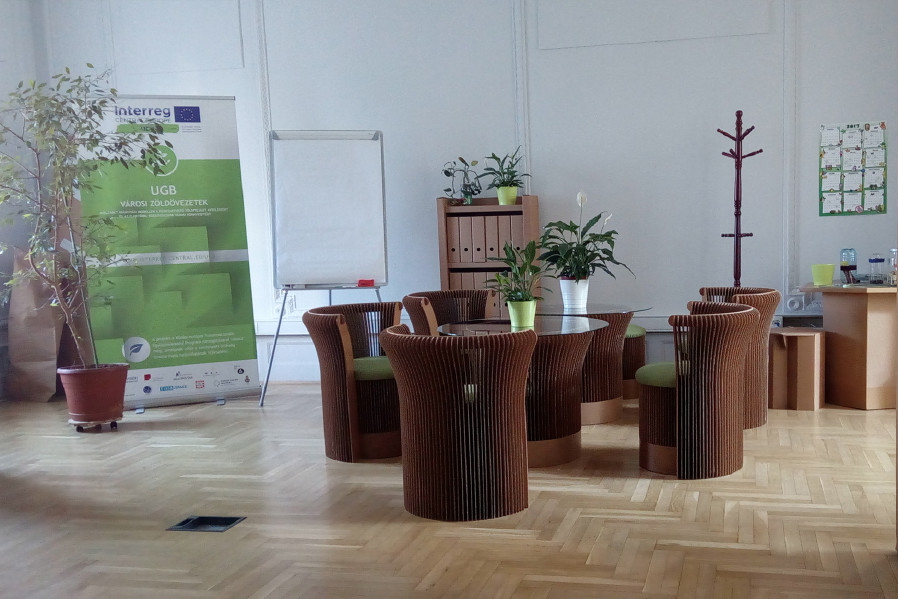
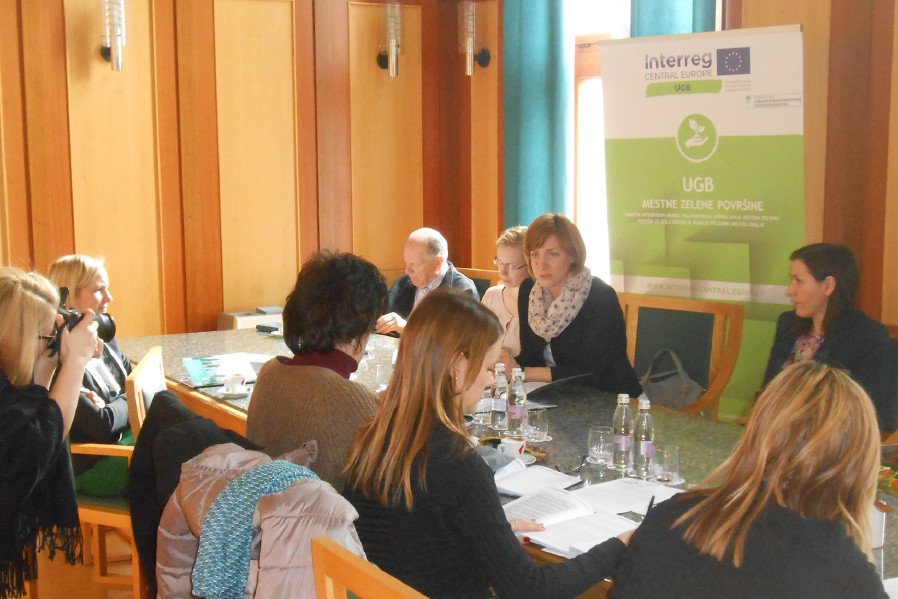
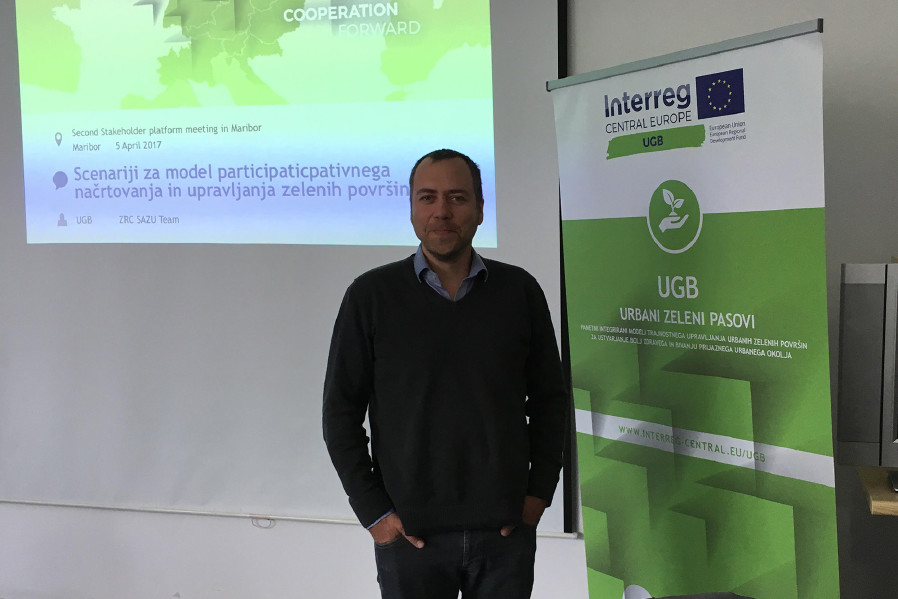
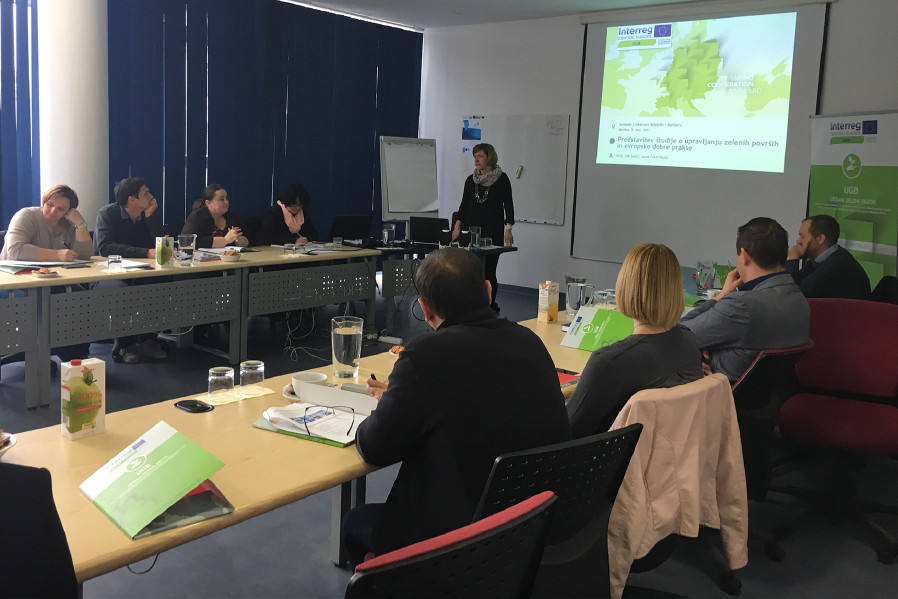
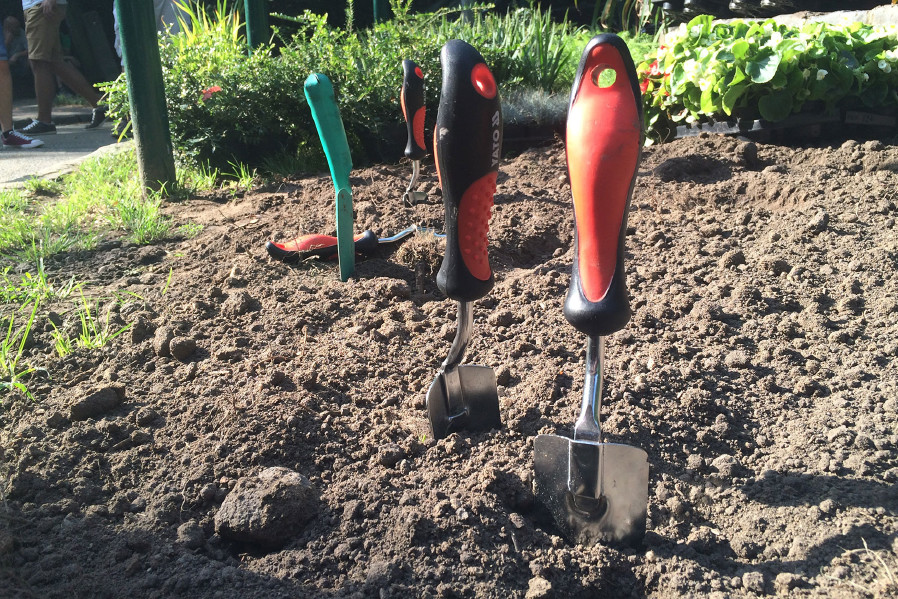
PROJECT DURATION
june 2016
may 2019
